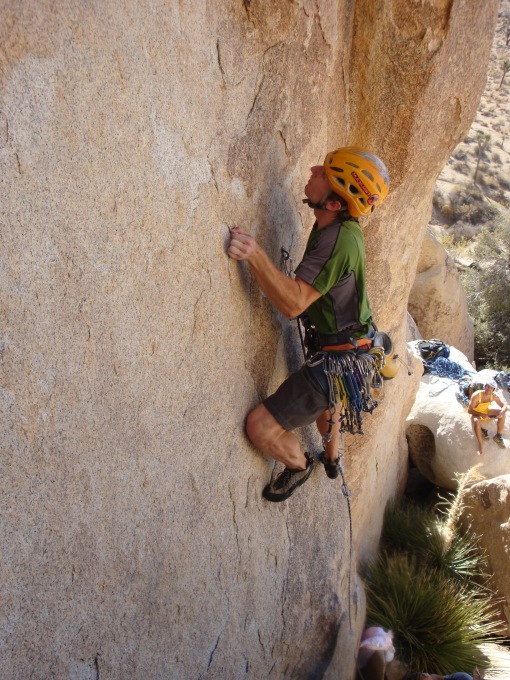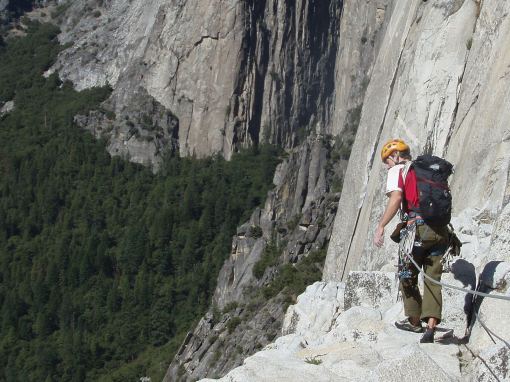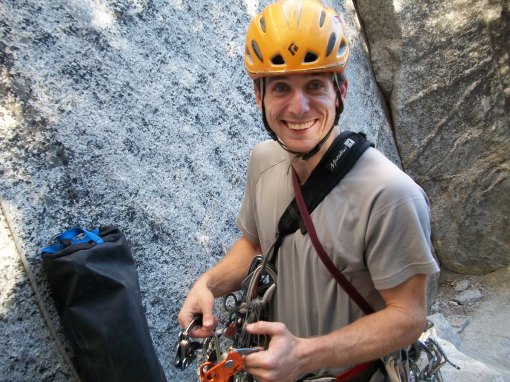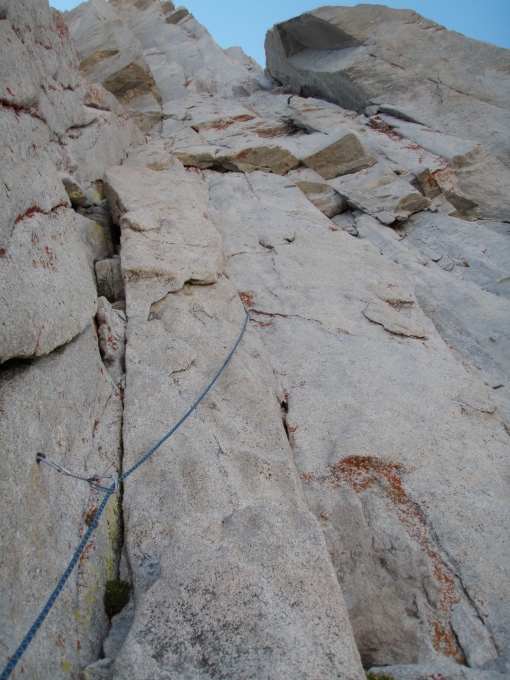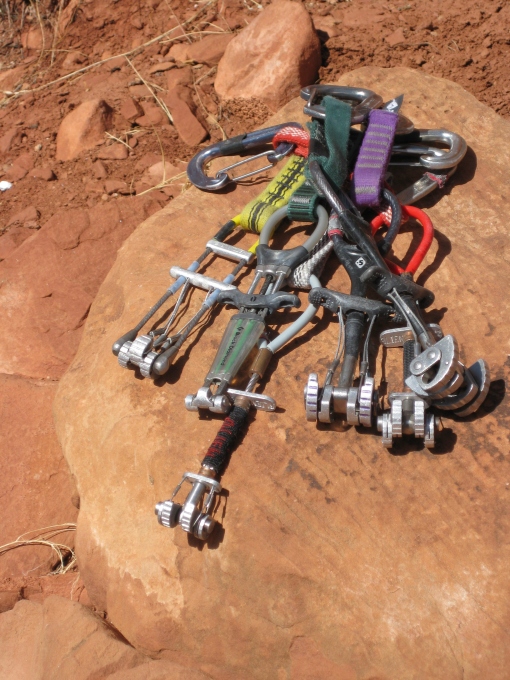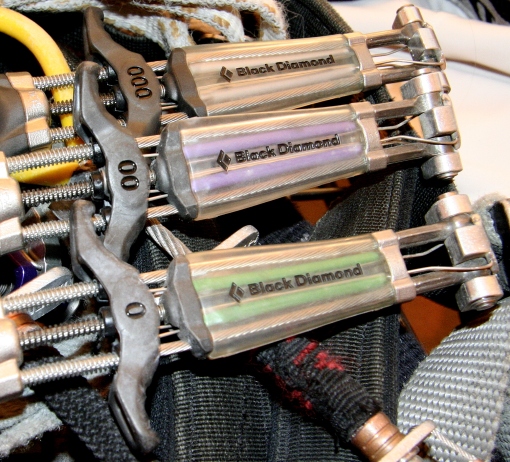Back when I was learning to lead belay (and climb multipitch routes), one of my guides told my classmates and I that we needed to go get daisy chains and belay gloves before he’d let us lead belay: a daisy chain so that you can attach yourself to an anchor (although now I typically anchor with a clove hitch on the dynamic rope and have my daisy as backup) and gloves to make you more likely to catch a long fall when the force could otherwise start ripping the skin on your palms (yes, the thought of that makes me cringe, too).
The belay gloves are especially relevant for someone like me, who has small hands and often belays someone heavier than myself and I’ve continued wearing them most of the time. I’ve found that they help me when I’m dealing with the extra friction when top-belaying with my Reverso, and they help keep my hands a little more rope-grime-free (because when my hands get all rope-grime-y, I’m even more likely to accidentally get rope grime all over my face).
So over the past ~6 years I’ve gone through 2 pairs of Metolius Climbing Gloves, which are leather 3/4 finger belay gloves (I wear an XS). I’ve been pretty happy with them, except for the fact that sometimes the internal seams can really rub on the backs of my fingers (non-ideal when the cracks you’re climbing are doing that too).
I recently received a pair of the new Black Diamond Stone Gloves, which are also leather 3/4 finger gloves (again, I wear an XS in these also). I’ve been using them for the past couple of weekends doing short multipitches and cragging and overall I’m very happy with them, although there are a couple small issues you may want to consider, depending on what you plan to use your gloves for.
Black Diamond Stone gloves in black (photo from Backcountry.com)
When I first put the gloves on, I noticed that they already felt nice. My previous gloves have always been a bit stiff at first (which makes the whole seam-rubbing-on-fingers problem worse), but these were good right away. They fit me a little tighter than my Metolius gloves, but the Metolius ones were always a tad big anyways. I have the gloves in black, but they also come in tan. The black has been nice in this cooler weather, but for warm weather uses I imagine the tan might be preferable.
The 3/4 finger length gave me good dexterity (a lot of full-finger gloves are too long for my small girly fingers), while still providing my hands with some warmth (which is another reason I like to have gloves with me). The gloves have a nice big (yet fairly low-profile) velcro strap to help with the on/off. They have worked just fine for standard belaying and rappelling and I don’t see any reason to switch back. The gloves are very well made and I think may be lighter than my previous gloves, which are both nice features.
Here’s how the gloves look on my hands. Note how the leather doesn’t really cover 3/4 of my fingers…
There were a couple of small issues:
- The fingers are not quite as long as the fingers on my Metolius gloves. This means you have to try a little harder to keep the rope in your palm and not rubbing against your fingers – so these may not be the ideal gloves for aid climbing, where you have a lot of rope-pulling to do.
- As you can see in the picture, there are holes in the straps. I assumed these were loops to clip in to when I want to put my gloves on my harness. So far they haven’t been as well suited to this purpose as the loops on my Metolius gloves. I also discovered some small loops on the inside of the glove that I guess you could thread a small loop of accessory cord through to make your own clip-in loops, but I still don’t know how well this would work. Basically the main annoyance is that the two gloves don’t sit in quite as low-profile a manner as I’m used to when they’re on my harness.
Overall, I’d say these are great for most cragging and multipitch uses. The gloves are well-constructed, reasonably lightweight, comfortable, and easy to get on/off. For any routes that could involve more hauling and aiding, I’d probably recommend going with something a little more heavy duty and with longer fingers.
Any thoughts about other brands or styles of belay gloves?
Lizzy
Full Disclosure: Black Diamond provided these gloves to DreamInVertical in exchange for this review. The opinions expressed above are my own and reflect my experience with these gloves.
For more Sweet Gear reviews from Luke and Lizzy check out our Gear Reviews page.


